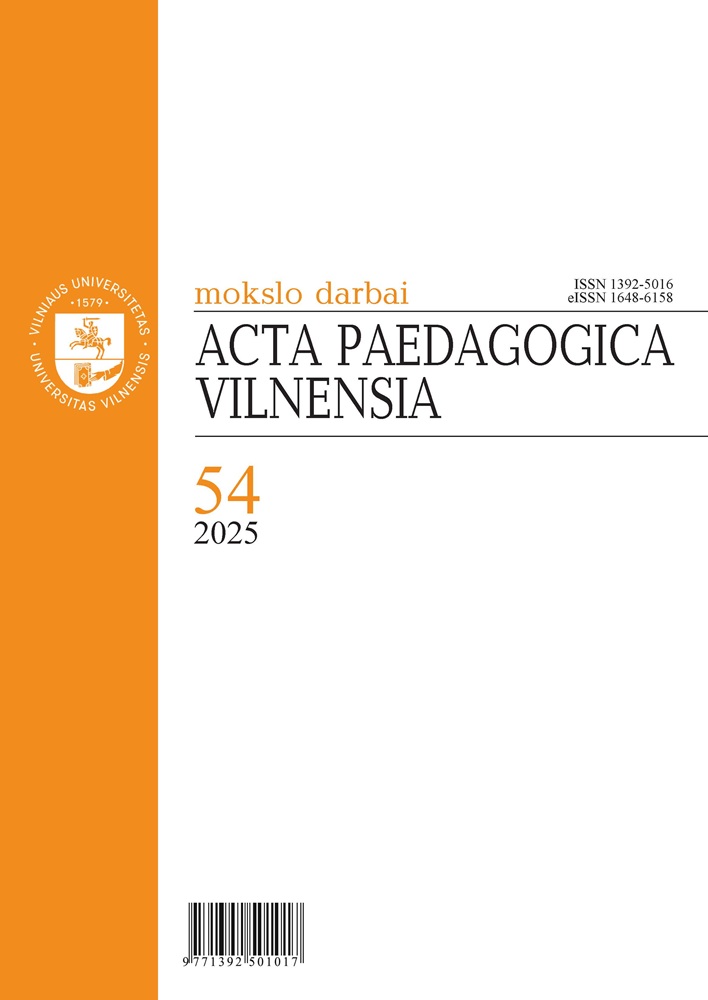Abstract
This study aims to pinpoint the emotional labor strategy most frequently used by teachers and gender differences identified in the emotional labor strategies. Furthermore, it examines the causal relationship between emotional labor strategies and teacher burnout. The study sample comprised (720) teachers in Jordan who completed the Emotional Labor Instrument (ELI) and the Maslach Burnout Inventory (MBI). The results show that suppression is the most common strategy teachers use, whereas surface acting is the least commonly used strategy. No differences in surface acting and emotional consonance were diagnosed according to gender. Female teachers used deep acting, suppression, surface acting, and deep-acting negative emotions more than their male counterparts. Finally, the results of the path analysis showed that surface acting, deep acting, and surface-acting and deep-acting negative emotions were all positively related with teacher burnout, while no relationship was detected between suppression, emotional consonance, and teacher burnout. The researchers’ recommendation is to study other factors, such as teacher competence, that may potentially affect their emotional labor strategies.

